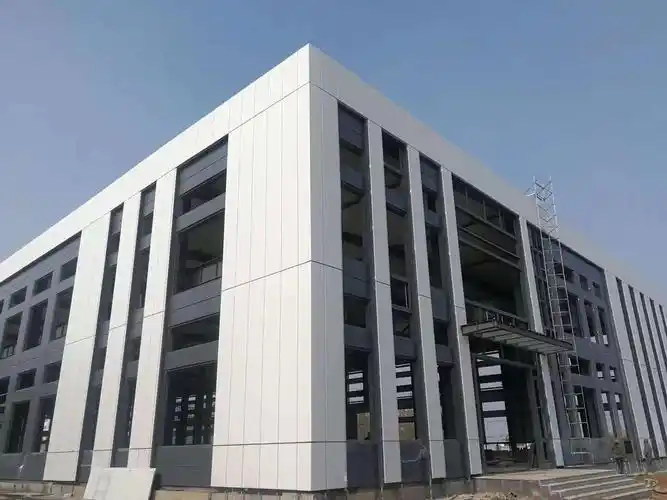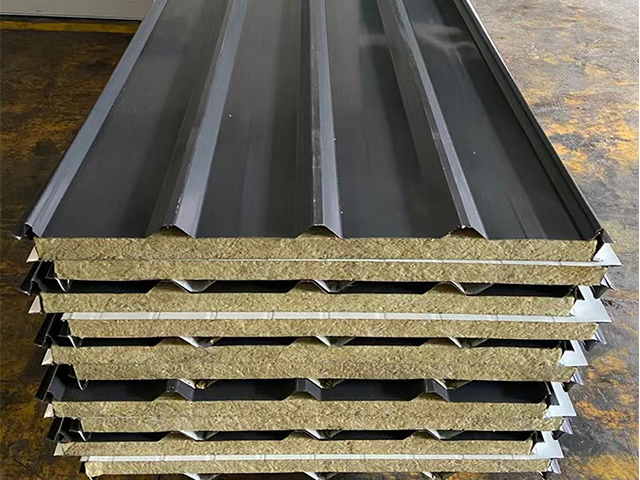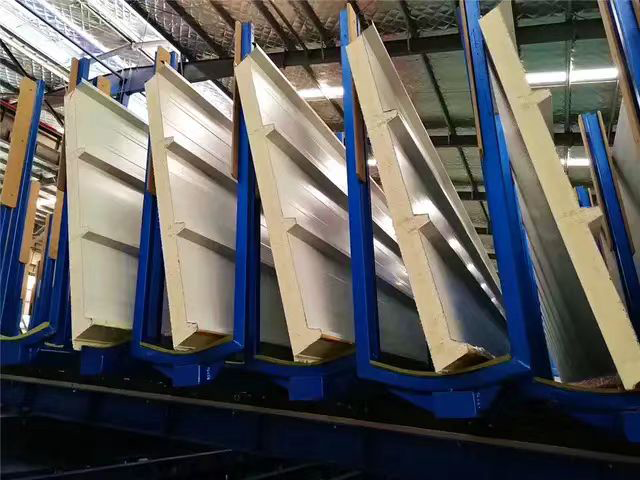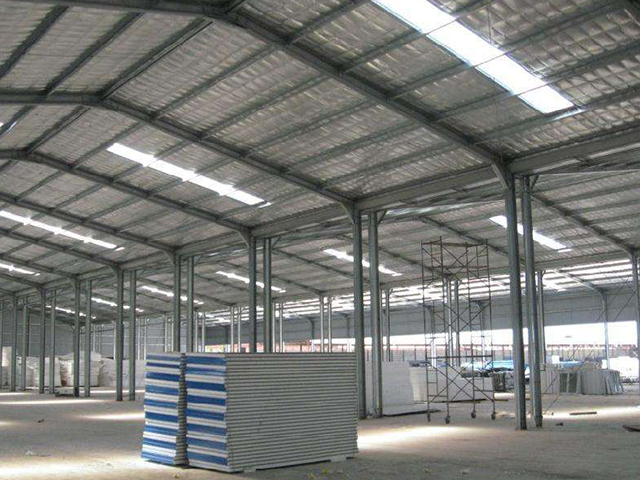In modern construction deployments, sandwich panels have emerged as a revolutionary building material due to their many advantages which fits the needs of today’s architecture and engineering. These building panels can be used for different constructions ranging from commercial buildings to residential projects because of their two outer layers and an insulating core which provides strength, flexibility, and energy efficiency.
Enhanced Energy Efficiency
The core insulation made from polyurethane or polystyrene makes sandwich panels highly energy efficient. By using these materials, buildings constructed with sandwich panels can maintain a stable temperature indoors eliminating excessive usage for heating and cooling. Rise in energy costs as seen Nowadays, construction using sandwich panels have proven to reduce energy costs, making them favorable for builders and developers.
Quick and Cost Effective Installation
Due to their lightweight nature, sandwich panels aid in transportation and labor required in assembly while also making construction much simpler,making them easier to handle. This leads to a decrease in construction time and greater project efficiency and serves as rockets fuel for project timelines reducing labor costs. The low cost along with greater efficiency makes sandwich panels a great choice for builders and developers.
Outstanding Durability
Though lightweight, sandwich panels have impressive structural integrity. The outer layers plus the insulating core combination offers strength and durability, granting these panels the ability to endure wind loads and seismic activity. This robust nature helps buildings remain safe and secure, which is a primary concern in construction.
Design Flexibility
One more remarkable sandwich panels advantage is their design flexibility. Finishes, colors, and textures can be customized, serving aesthetic appeal while still functional. This flexibility gives room to architects and designers for developing captivating and exceptional structures that enrich the modern skyline.
Eco-Friendliness Construction
Sandwich panels perfectly align with more sustainable goals in the construction industry. Their production often includes reconstituted materials, while the panels’ energy efficiency over the lifespan of the building lowers the overall carbon footprint. Moreover, sandwich panels’ long lifespan decreases the frequency of replacements needed, further reducing environmental impact.
Industry Trends and Future Outlook
Utilization of sandwich panels in construction is projected to increase, particularly as the need for greener and more energy-efficient structures becomes more prevalent. Continuous manufacturing innovations further increase the performance and aesthetic appeal of sandwich panels, heightening their attractiveness for prospective construction undertakings. Evolving industry standards may allow for the integration of smart technologies in sandwich panels, which would increase their utility and guarantee their position as essential modern construction solutions.






